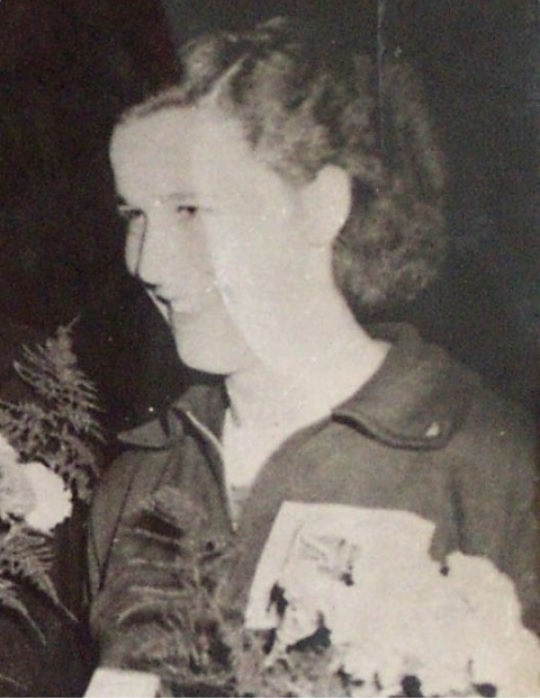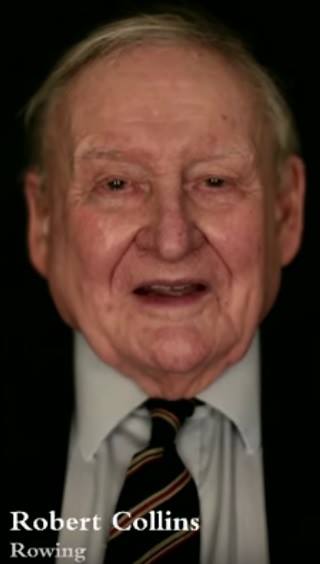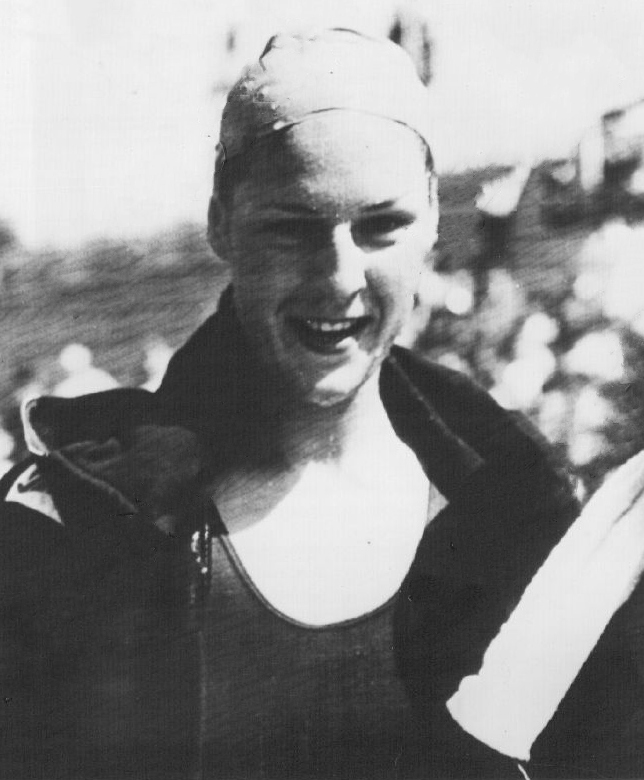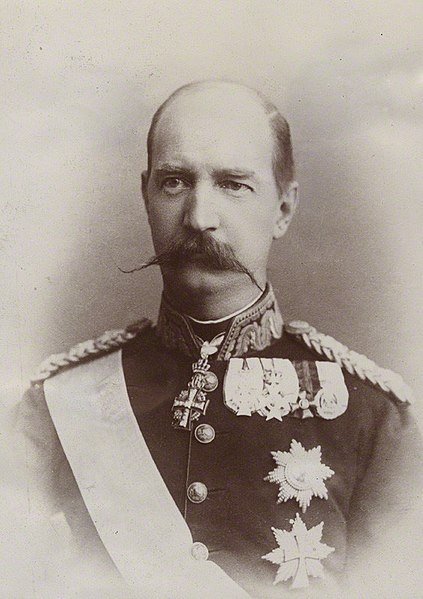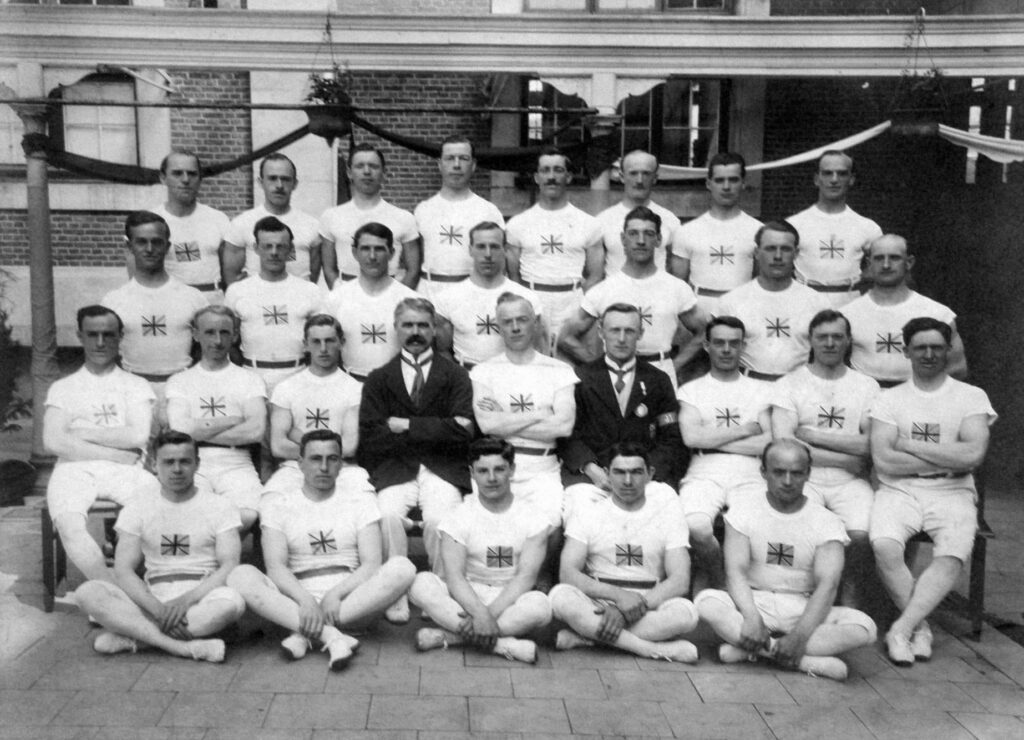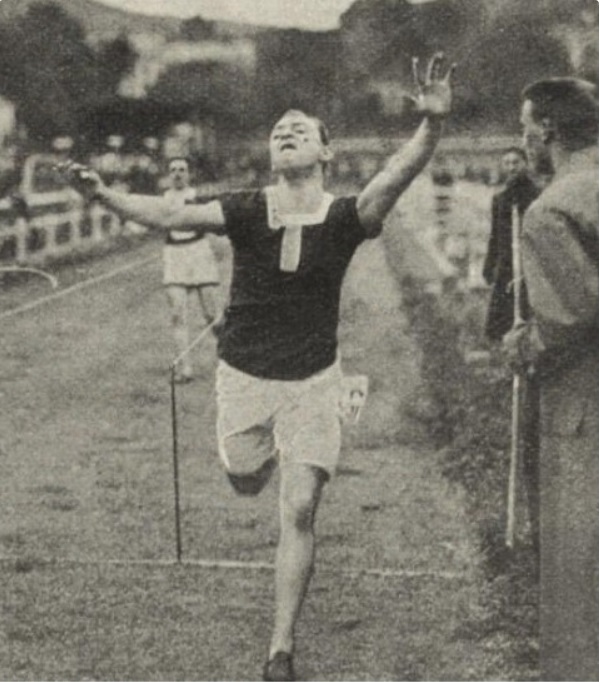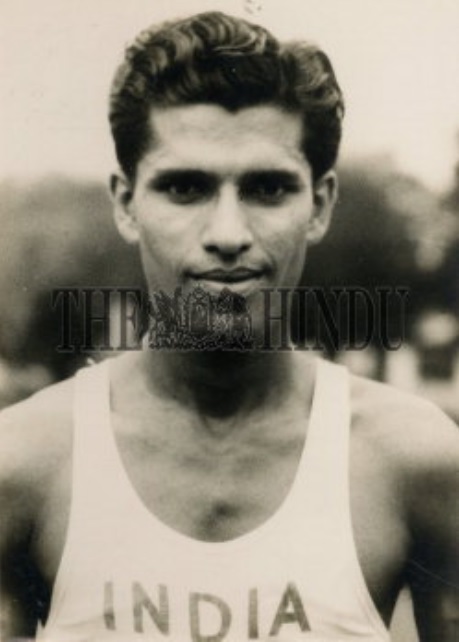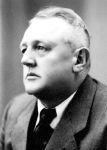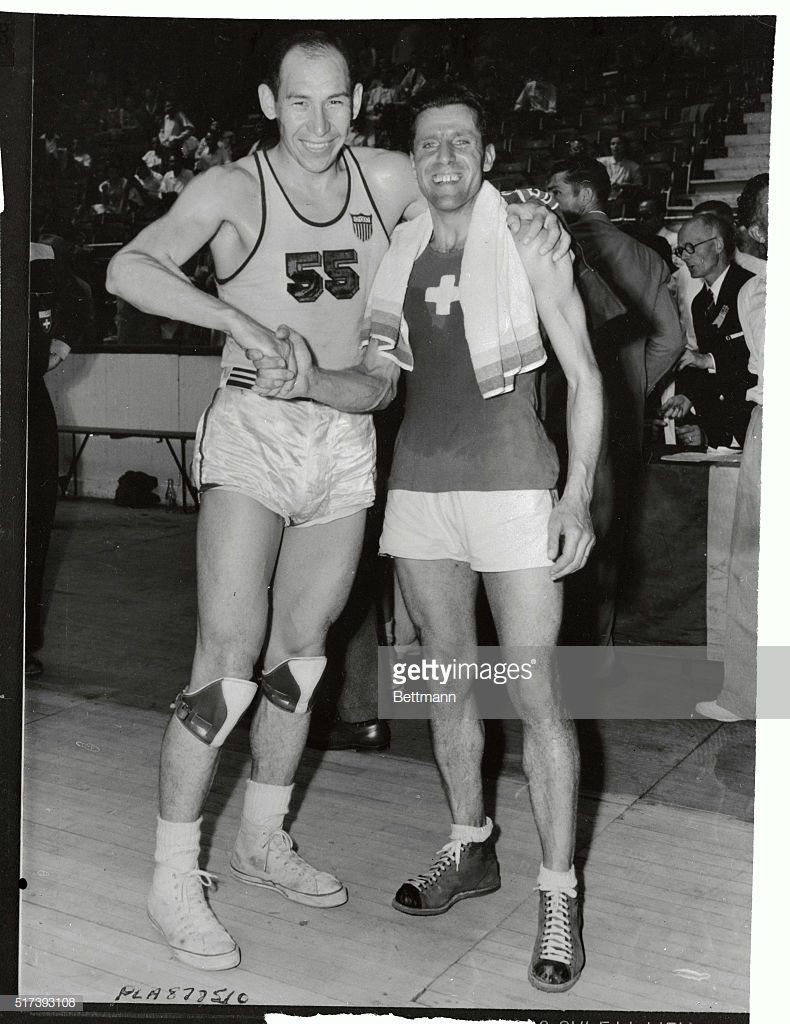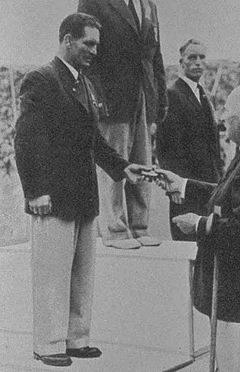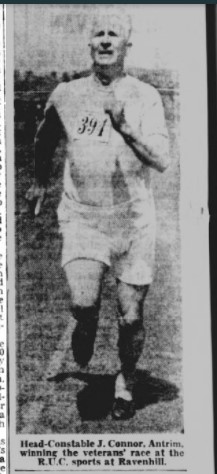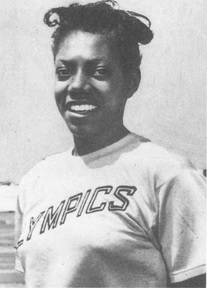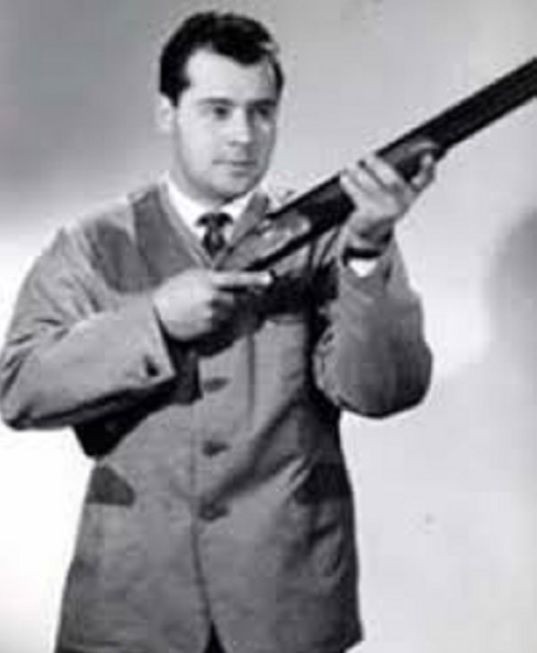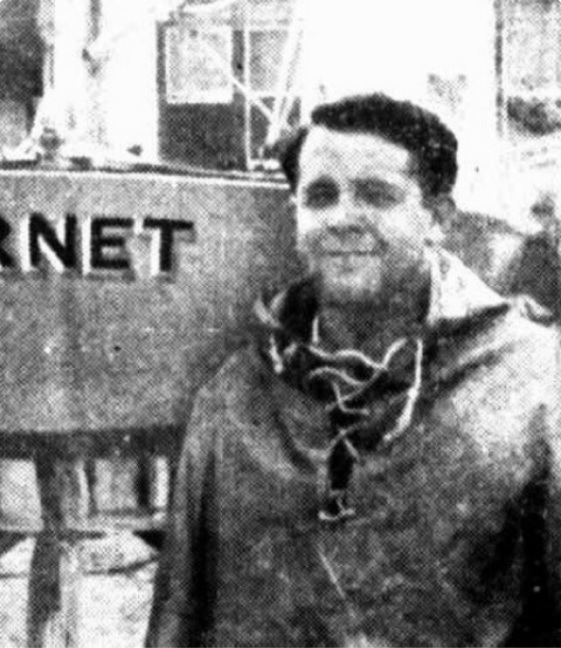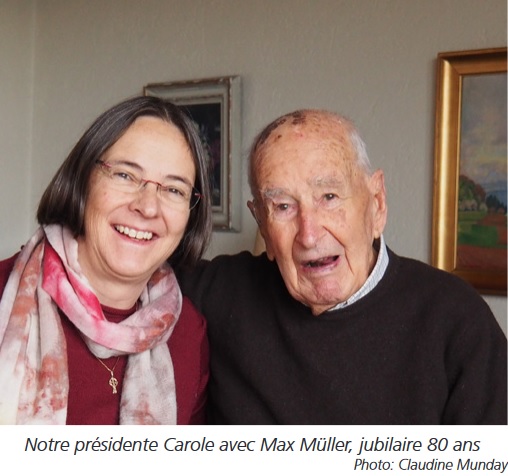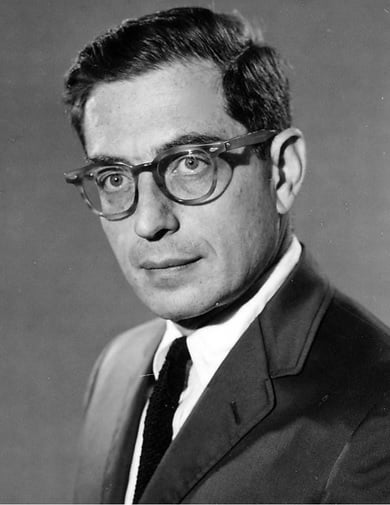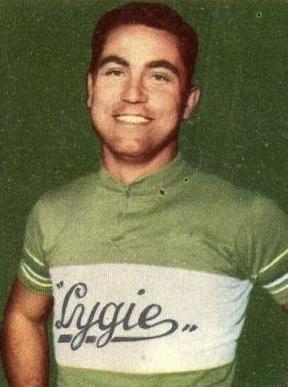Today on Oldest Olympians, we are continuing to review those Olympians who were last known living in 2012. Thanks to some great research on our last post from our readers, we learned that Shirley Cawley is still alive, John Strover was still alive in 2016, and Eddie Bowey died in 2016. Today we wanted to continue this energy by focusing on those Olympians who hold a “title” among the oldest Olympians.
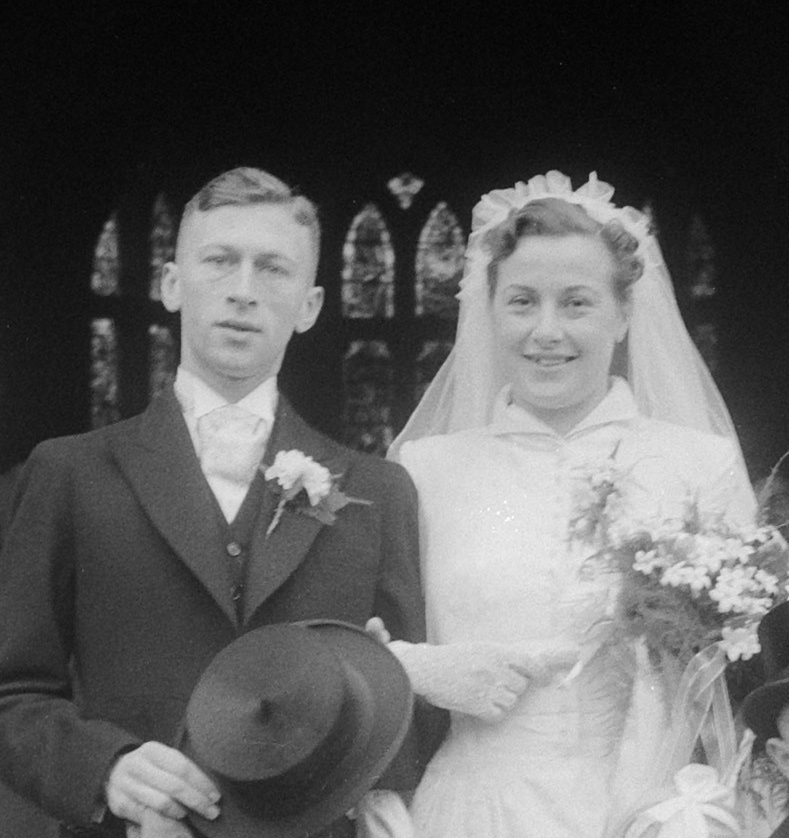
Lies Bonnier – Member of the Netherlands’ swimming delegation to the 1952 Helsinki Olympics
Lies Bonnier, born July 8, 1925, represented the Netherlands in the 200 metres breaststroke event at the 1952 Helsinki Games, where she was eliminated in the semi-finals. After winning her first and only national title a few months after the Olympics, she retired from active competition, although she later participated in masters-level tournaments. She was known to be alive in 2012 and, if she is still alive today, then she is the oldest living Dutch Olympian.
Hong Jong-Oh – Member of South Korea’s athletics delegations to the 1948 and 1952 Summer Olympics
Hong Jong-Oh, born July 7, 1925, represented South Korea in two editions of the Olympic marathon, placing 25th in 1948 and failing to finish in 1952. He was mentioned in 2012 as being one of the few local survivors of the 1948 London Games, which would now make him the oldest living South Korean Olympian, but we have not seen an update since then.
Boonpak Kwancharoen – Member of Thailand’s athletics delegation to the 1952 Helsinki Olympics
Boonpak Kwancharoen, born April 9, 1928, represented Thailand in the 800 metres track event at the 1952 Helsinki Games, where he was eliminated in round one. He was also a reserve with the 4×100 and 4×400 metres relays, but did not compete in those events. Connor Mah provided evidence that he was still alive in 2012, but we do not have anything additional for his being alive beyond that. If he were, however, he would be the oldest living Thai Olympian.
Marija Radosavljević – Member of Yugoslavia’s athletics delegations to the 1948 and 1952 Summer Olympics
Marija Radosavljević, born July 18, 1927, represented Yugoslavia in the shot put at the 1948 and 1952 Summer Games, placing seventh both times. She also competed at the 1950 and 1954 European Championships and was Yugoslav Sportswoman of the Year in 1952. She was noted as being alive in 2012, and would be the oldest person to have represented Yugoslavia at the Olympics if still living, but we have not had an update since.

(Anna Van Marcke, pictured at Kortrijk)
Anna Van Marcke – Member of Belgium’s canoeing delegation to the 1948 London Olympics
Anna Van Marcke, born April 18, 1924, represented Belgium in canoeing’s K-1 500 event at the 1948 London Games, where she placed seventh. She married another canoeing Olympian, Jozef Massy, and was still alive in 2012, shortly after his death, but we have not seen any further information. If alive, she would be the oldest living Belgian Olympian.
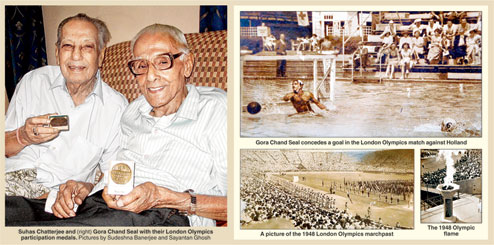
(Suhas Chatterjee, left, pictured at The Telegraph)
Suhas Chatterjee – Member of India’s water polo team at the 1948 London Olympics
Suhas Chatterjee, born in 1925, represented India in the water polo tournament at the 1948 London Games, where his country was eliminated in round two. He later became a physician and was last covered in the media (as far as we have seen) in 2012. We currently list Amit Singh Bakshi, born September 17, 1925, as the oldest living Indian Olympian and thus, depending on his exact date of birth, Chatterjee might be older if he were still alive.
Those are enough names for today, but we will be continuing this series in the coming days, as we have many more Olympians to cover. We hope that you will join us!

